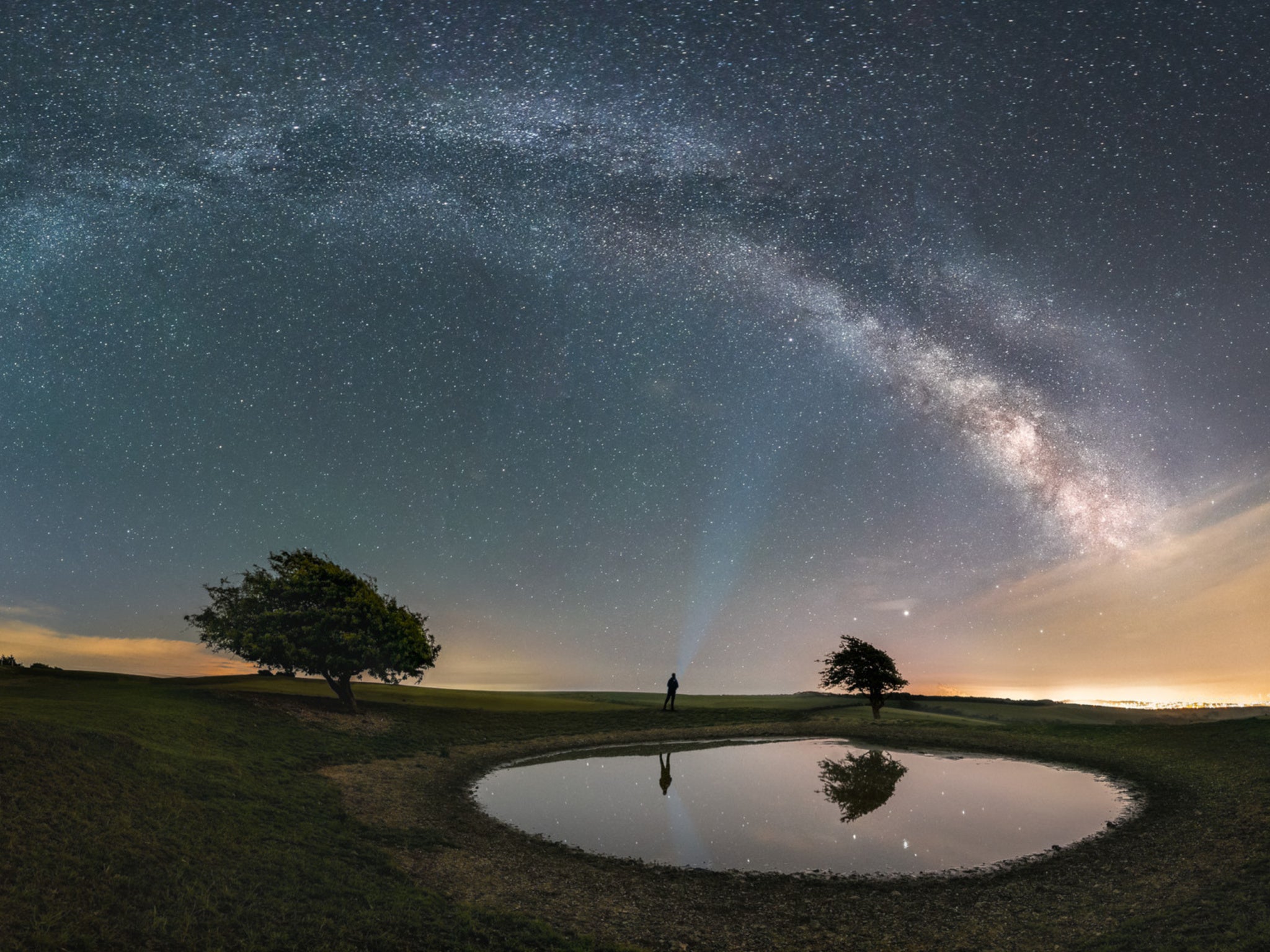Scientists spot unexplained ‘tiny bright objects’ in the distant universe
Lights are not explained by current theories of galaxy growth or black holes

Your support helps us to tell the story
From reproductive rights to climate change to Big Tech, The Independent is on the ground when the story is developing. Whether it's investigating the financials of Elon Musk's pro-Trump PAC or producing our latest documentary, 'The A Word', which shines a light on the American women fighting for reproductive rights, we know how important it is to parse out the facts from the messaging.
At such a critical moment in US history, we need reporters on the ground. Your donation allows us to keep sending journalists to speak to both sides of the story.
The Independent is trusted by Americans across the entire political spectrum. And unlike many other quality news outlets, we choose not to lock Americans out of our reporting and analysis with paywalls. We believe quality journalism should be available to everyone, paid for by those who can afford it.
Your support makes all the difference.Scientists have spotted mysterious, incredibly bright objects in the distant universe.
New research confirms that there are luminous red objects in the early cosmos – and that they cannot be explained by our understanding of how galaxies and black hole are born,
Researchers spotted three of the mysterious objects. Their light came to us from when the universe was only 600-800 million years old, about 5 per cent of its current age.
The objects appear to be filled with old stars and astonishingly massive black holes – neither of which were thought to have been able to form at such an early stage of the universe.
They made the discovery after looking for the intensity of different wavelengths of light. They look like very old stars, hundreds of millions of years old – but that would not be expected so early in the development of the universe.
They also spotted evidence of huge supermassive black holes in those same objects. They could be up to 1,000 times more massive than the supermassive black hole in our Milky Way, they suggest.
Such objects should not be spotted according to our current understanding of galaxy growth and the formation of black holes. They are thought to require billions of years to grow up together.
“We have confirmed that these appear to be packed with ancient stars — hundreds of millions of years old — in a universe that is only 600-800 million years old. Remarkably, these objects hold the record for the earliest signatures of old starlight,” said Bingjie Wang, from Penn State, a lead author on the paper.
“It was totally unexpected to find old stars in a very young universe. The standard models of cosmology and galaxy formation have been incredibly successful, yet, these luminous objects do not quite fit comfortably into those theories.”
Researchers first spotted the objects almost exactly two years ago, in July 2022. Some time later, they published a paper in Nature confirming the existence of the objects.
They thought then that the objects were galaxies. But further research has given more detail on the light emitted by them, showing how far away they are and where that bright light might be coming from.
That extra detail has only led to more questions, however. Researchers have never seen such objects and have no idea how they could have come about.
“It’s very confusing,” said Joel Leja, assistant professor of astronomy and astrophysics at Penn State and co-author on both papers.
“You can make this uncomfortably fit in our current model of the universe, but only if we evoke some exotic, insanely rapid formation at the beginning of time. This is, without a doubt, the most peculiar and interesting set of objects I’ve seen in my career.”
Scientists hope to better understand the objects with more observations. That would help explain which parts of the light are coming from the stars themselves and which may be being thrown out by the black holes as they eats the matter around it.
An article describing the findings, ‘RUBIES: Evolved Stellar Populations with Extended Formation Histories at z ∼ 7–8 in Candidate Massive Galaxies Identified with JWST/NIRSpec’, is published in The Astrophysical Journal Letters.
Join our commenting forum
Join thought-provoking conversations, follow other Independent readers and see their replies
Comments